In recognition of the Bauhaus’s 100th anniversary, RECORD brought together three scholars of architectural history to discuss its meaning and legacy. They are Rosemarie Haag Bletter, professor emerita of architectural history and theory at the City University of New York; Mary McLeod, professor of architecture in the School of Architecture, Preservation and Planning at Columbia University; and Barry Bergdoll, the Meyer Schapiro professor of art history in the Graduate School of Arts and Sciences at Columbia, and an architecture curator at New York’s Museum of Modern Art, who co-organized the exhibition Bauhaus 1919–1933: Workshops for Modernity in 2009.
What actually was the Bauhaus?

Barry Bergdoll: In this centennial year, there’s this huge urge to find the essential Bauhaus. I don’t believe there is an essential Bauhaus. In its short existence, it was highly experimental, highly politicized, and continually shifting in nature, from the Bauhaus that began in 1919 in Weimar, then moved to Dessau in 1925, and finally to Berlin in 1930.
Rosemarie Haag Bletter: Not only were there different directors–Gropius from 1919 until 1928; Hannes Meyer from 1928 until 1930; and then Ludwig Mies van der Rohe from 1930 until 1933— but the Bauhaus was first a state entity, then a municipal one, and finally a private school, under assault from rising Nazi power. That accounts for some of the different attitudes.
BB: Another thorny issue is how to untangle the Bauhaus from other avant-garde initiatives, some of which were also educational institutions, while others were not.
RHB: And there’s still confusion about what the Bauhaus means. It was a school, not a style, and there were many styles, not just one, in its 14-year history. What gets attention is the middle, or Dessau, period, with objects, such as Marcel Breuer’s tubular-steel chairs. Most of the designs produced at the Bauhaus are interesting forms, but almost never functional or useful in a practical sense. I largely blame Gropius, not the general public, for the widespread misperception about form and function. He was a very good promoter.
BB: When MoMA mounted the 90th-anniversary exhibition Bauhaus 1919–1933: Workshops for Modernity, exactly 10 years ago, my cocurator, Leah Dickerman, and I were very strict about what was included. Everything we showed was made at the Bauhaus itself.
What about the architecture component in The Bauhaus curriculum?
BB: The Bauhaus kept delaying the actual teaching of architecture, and, in Weimar, the students took architecture courses in a local trade school.
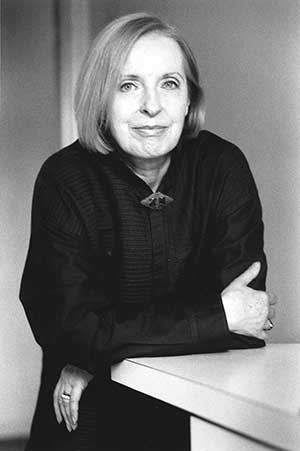
RHB: Architecture was not actually taught within the Bauhaus until the fourth year—and not all students stayed that long. It was a much more informal school than we tend to think, not a traditional academy. They probably got architectural fundamentals in the workshops, but not all students may have studied architecture.
Mary McLeod: The architecture associated with the Bauhaus, such as the school building in Dessau or the Masters’ Houses nearby, aren’t a product of the training there per se, but came out of Gropius’s own office.
RHB: It’s like the Haus am Horn in Weimar, [designed by Georg Muche, a painter who taught at the Bauhaus, with construction overseen by architect Adolf Meyer]. The furnishings and fittings were executed by students, but it was not architecture that came out of the Bauhaus.
What about the shifting identities of the school in terms of its orientation?
BB: In Weimar, there were two moments, which got blurred in the move to Dessau. This first phase, 1919 to 1923, was marked by open-ended invention, and was heralded by a major exhibition in 1923.
RHB: The second Weimar moment absorbed other contemporary moments. After the painter, photographer, and metalworker László Moholy- Nagy arrived at Weimar in 1923, he, together with artist Theo van Doesburg, tended to shift attention toward the other Modernist influences—Russian Constructivism and Dutch de Stijl.
BB: And then, at Dessau in 1925, there was a consolidation of influences. Still, the school managed to associate ideas about avant-garde art education with the brand name Bauhaus. When Gropius left Weimar, he insisted on taking ownership of the Bauhaus name with him to Dessau. Then he departed in 1928, along with graphic designer Herbert Bayer and Marcel Breuer.
The two years of Meyer’s directorship, beginning in 1928, were very productive but convulsed by political assaults from the Nazis and the rest of the right wing.
RHB: Gropius had always taken care that people from the school didn’t speak publicly about politics because he was worried about being denied funding; Hannes Meyer wasn’t so careful. But Meyer did shift the Bauhaus more to what we think of as a school of architecture.
How does the Bauhaus relate to the overall category of Modernism?
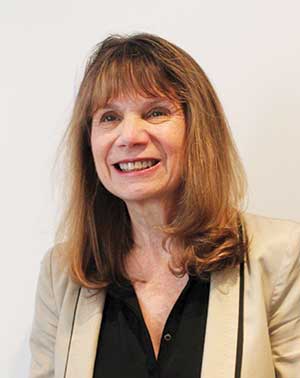
MM: As we noted, with the arrival of Moholy-Nagy and van Doesburg in Weimar, Bauhaus designs began to be influenced by de Stijl and Constructivism. So there were always interconnections—and differences. The modern movement, or, if we use a broader term like Modernism, embraces the Bauhaus, as well as many other tendencies.
RHB: Le Corbusier and Mies van der Rohe probably had more influence on modern architecture than the Bauhaus did.
BB: The Bauhaus shared the preoccupation with new solutions to the pressing problems of urban housing, a situation intensified by the First World War, but this was also a focus of architects from Paris to Moscow. While Gropius’s interests in prefabrication connected with research under way elsewhere, here he was a pioneer. Yet the most influential housing models of the period came not from the Bauhaus, not from its limited production in Dessau, but from the programs under Bruno Taut in Berlin or Ernst May in Frankfurt. In the 1923 Bauhaus exhibition, the housing was largely from elsewhere, including the Netherlands.
What is the significance of so many female students at the Bauhaus?
MM: In the first group of students at Weimar, there were more women than men—84 females versus 79 males. At the time of the school’s opening, Gropius proclaimed that there “should be no differences between the beautiful and strong sexes.” But he quickly retreated from this stance—perhaps out of political fears—and steered women toward the weaving workshop. Only a few, such as Marianne Brandt, managed to escape to the metal one. But it’s important to recognize that the Bauhaus offered a way for women to enter design fields and become innovative professionals instead of enrolling in the traditional craft schools, which still stressed “feminine,” or domestic, handicrafts.
RHB: In spite of the fact that Gropius backtracked, Marianne Brandt was put in charge of a workshop, one of the few women. She was important in training both men and women.
MM: Gunta Stölzl’s textile design was one of the most commercially successful enterprises, bringing considerable funds to the school.

BB: There were huge debates, fights, and lawsuits over ownership. Gropius always had a notion that somehow the school was going to produce things and sell them to generate revenue. Breuer wanted to own his patents on the furniture, which created unhappiness between him and Gropius. The Bauhaus was an incredibly intense place that put into high relief some of the contradictions of modernity.
Ironically, one of the few moneymakers in the school’s product line was Bauhaus wallpaper, franchised to a manufacturer. Production continued even under Hannes Meyer, despite his utilitarian ethos and lack of interest in it for his work. And we even find a few Bauhaus wallpapers for sale during the National Socialist period, after the school had closed.
When the Bauhaus shut down, how did the diaspora of its faculty affect U.S. Architectural Education?
BB: You have a completely different Bauhaus when the emigrés came to the United States during the Nazi period, or to the Soviet Union or to Mexico. So there is a proliferation of Bauhauses.
RHB: Once Gropius arrived in the U.S., he became very dogmatic. He was already somewhat dogmatic at the Bauhaus, but more so at Harvard. It’s especially evident with his relationship to Joseph Hudnut, the first dean of the Graduate School of Design, who was helpful in bringing Gropius there in 1937 as the architecture chair. Gropius tried to reestablish the Bauhaus by introducing a preliminary course conducted by Naum Gabo and Josef Albers. But toward the end, there was great tension between Hudnut and Gropius. Hudnut began to criticize the International Style, as he had done earlier when he considered the Beaux Arts no longer appropriate as an architectural approach. Harvard had to cut back funds, and Gropius lost some of his assistants. He left in 1952.
BB: In the American context, what is the rightful heir to the Bauhaus? Is it Harvard or IIT? Is it László Moholy-Nagy’s short-lived New Bauhaus in Chicago, or Black Mountain College near Asheville, North Carolina?
RHB: Gropius as a self-promoter was in evidence with the 1938 exhibition at MoMA. For that reason, I would not consider his work at Harvard a real continuation of the Bauhaus. IIT perhaps came closer, although Mies’s exclusive interest in architecture is not part of the general perception of the Bauhaus either, even if he emphasized architecture as its last director.
MM: The phase of the Bauhaus when Hannes Meyer was director is closer to how architecture schools evolved, at least from the 1960s onward–for example, the emphasis on urban planning, sociology, and programming.
BB: The Bauhaus completely opposed the university structure in Germany and invented an entirely new concept of a school. Yet Bauhaus emigré architects often entered professional schools inside the university setting.
What about the rest of the Bauhaus training in the U.S.?

MM: If American universities taught art or any crafts, they were usually secondary pursuits. Yale was one of the few exceptions: it has long had a serious graduate program in art, which existed side by side with the architecture program. Perhaps it’s no coincidence that Josef Albers, a former Bauhaus student and teacher, taught for years in Yale’s School of Art.
BB: Another paradox at the Bauhaus was the incredible presence of painters Paul Klee and Wassily Kandinsky, who, despite being powerful avant-garde artists, were not training students to become painters.
RHB: Josef Albers’s color theory was disseminated in this country through publications and teaching at many schools.
MM: But Albers’s role at Yale was perhaps more important to the art world than to architecture.
RHB: Also, look at Black Mountain College. It had people from the Bauhaus, such as Gropius and Josef and Anni Albers, but also it had such Americans as Merce Cunningham and John Cage. It was really an innovative American school that fostered an interdisciplinary approach.
BB: In the preliminary course of the Bauhaus, the students discussed one another’s work. At the École des Beaux Arts, the students were not present when the work was criticized—the judgment for awarding a prize was more private. So this culture at the Bauhaus, of making everyone look at a student’s work, and talking about it, was fantastic.
Could you compare the Bauhaus to the Cranbrook Academy of Art, founded in 1922 in Bloomfield Hills, Michigan, as an interdisciplinary art and design school?
RHB: It seems to have been more traditional in its approach.
MM: Yes, Cranbrook was more of a traditional craft school, if one in a more progressive mode. It was never as radical as the Bauhaus.
BB: The fact that the Bauhaus only existed for 14 years transformed it almost immediately into a myth. If the Bauhaus had continued for another 20 years, we don’t know if it would be so interesting. Cranbrook continues to exist.
MM: When I was an undergraduate at Brown (Pembroke College) in the late 1960s, my first art class was informally dubbed “spots and dots” and was based on Bauhaus art training. And at Princeton, where I transferred in 1970, the architecture school had a course on color theory that was definitely influenced by Bauhaus ideas.
BB: Indeed, the most lasting influence was in the various interpretations of the “preliminary course.” It was a total rejection of the inherited academic notion of learning by copying things and studying nature and the human body.
Is the Bauhaus emphasis on interdisciplinary work and team collaboration still common in schools today?
RHB: While environmental and urban concerns are prevalent in schools, it seems they are in separate programs within schools of architecture. You don’t get that total interdisciplinarity that the Bauhaus encouraged.

MM: We have team teaching now, with faculty from different fields, but how deep or serious is it? At Columbia, a real-estate faculty member often teaches a design studio with someone from architecture, and I gather something similar happens at Yale. We still have silos within architecture schools—for example, between planning and architecture. What we’ve inherited from the Bauhaus notion of teamwork is the recognition that architectural practice is a group endeavor. As corporate as The Architects Collaborative was, it was an extension of Gropius’s vision of the Bauhaus and his earlier ideas of teamwork. Although firms like SOM may not have been directly influenced by Bauhaus ideas, the notion of architecture as a collaborative effort is an important product of the Modern movement. Oddly, the increasing recognition of the necessity of collaboration (for example, with consultants) has happened simultaneously with the rise of the star system. I don’t know how to put those two things together—that tension in architecture culture and practice remains.
What do you find missing from Bauhaus pedagogy?
BB: I’m struck that an avant-garde school in the mid-1920s would not be teaching film. Admittedly, it would have been very expensive to have cameras, and the Bauhaus was always short on cash. The other thing missing is a focus on landscape. Here they were in Dessau, with one of the great 18th-century works of landscape—Wörlitz and its related gardens. Yet there was no formal training in landscape at the Bauhaus.
MM: Omitted in today’s received impression would be its link to contemporary art, which was taught at the Bauhaus. What’s curious is how the connection with painting has fallen by the wayside in architecture schools. At Columbia, teachers such as Steven Holl remain deeply interested in the relationship between art and architecture. But, otherwise, art doesn’t seem to be a major concern. Perhaps the worlds of art and architecture have become too large.
Does the Bauhaus today exist primarily as a style?
MM: Modernism as a historical style is thriving today. But I wonder to what extent that revival is mixed with a lack of concern with functionalism and social conditions—and is just about style.
RHB: The commercialized version of what we now call International Style architecture is most commonly misunderstood by the general public as “Bauhaus design.” But the integration of all the arts within a collaborative social context remains the greatest legacy of the Bauhaus.
BB: Bauhaus style is such a fashion now, yet, as we’ve said, the Bauhaus opposed the notion of style. This was a battle they fought continuously, as the success of their products on the market depended on the Bauhaus label recognition, yet they pushed back whenever critics spoke of a style. One of the great successes of Gropius’s Bauhaus was as a point of intersection of the European avant-gardes in architecture and design. Today, that success leads to a reductionism: calling all diverse modernisms “Bauhaus.”
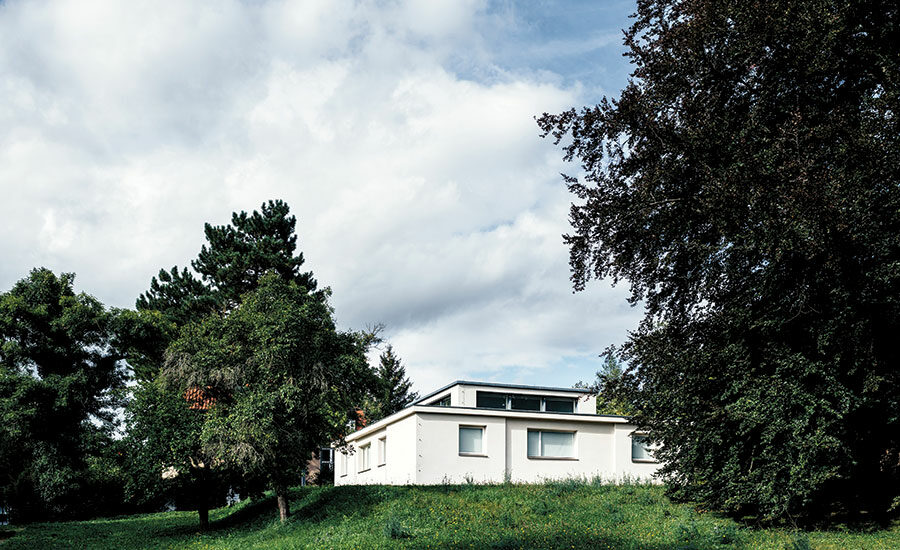
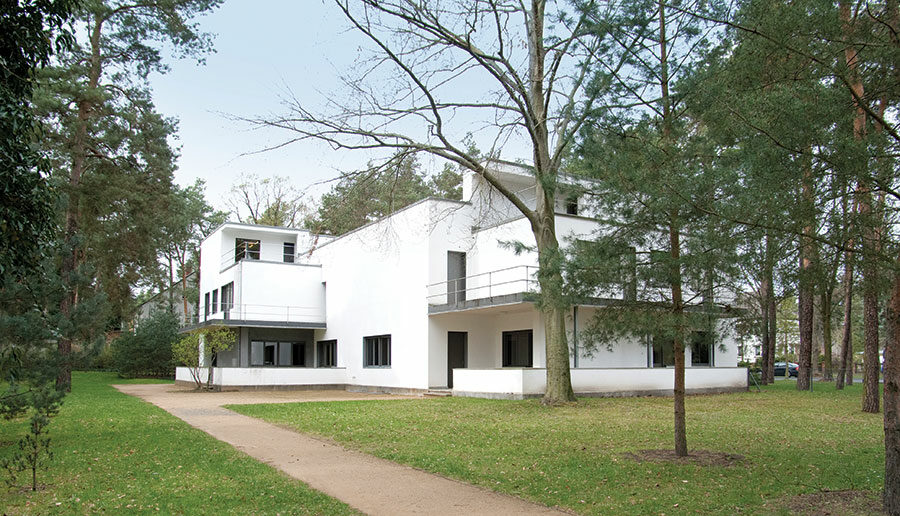
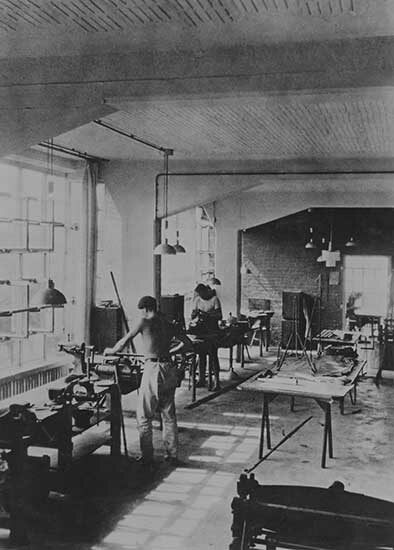
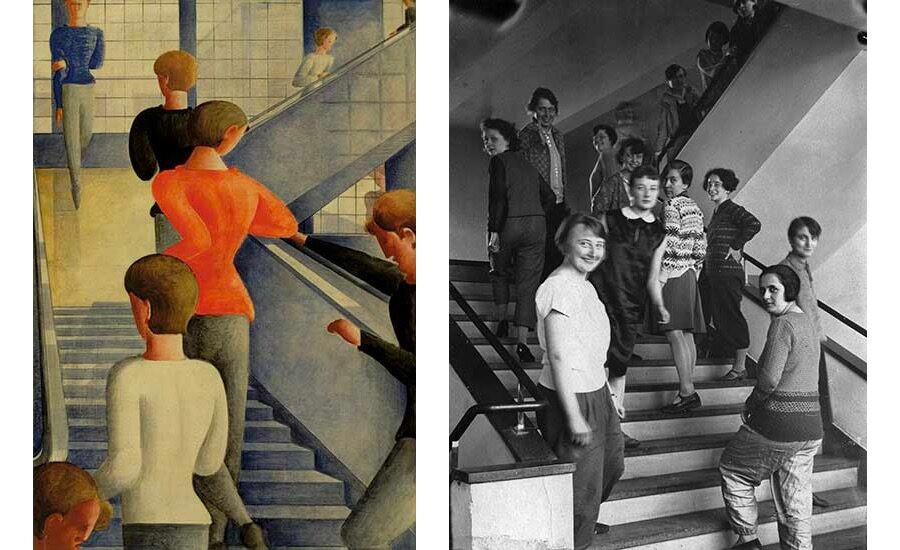
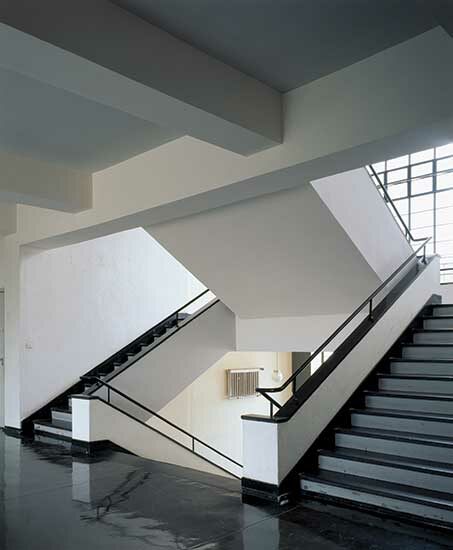
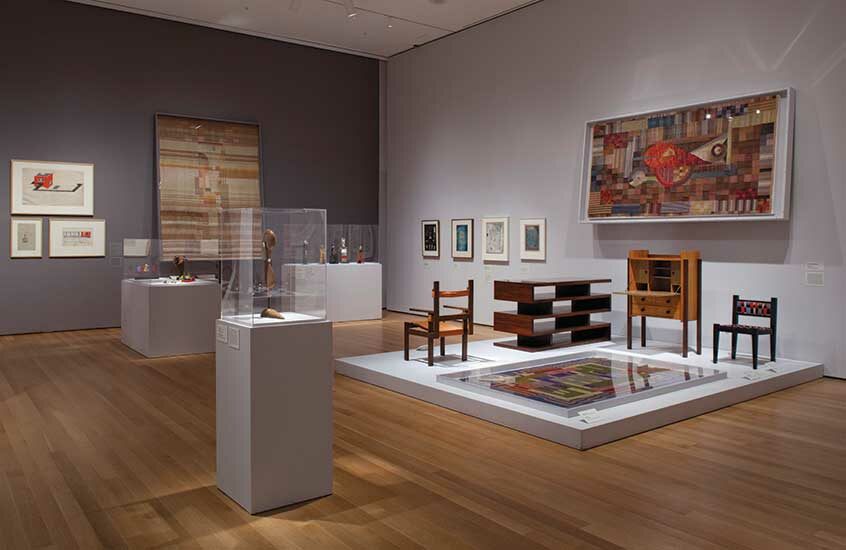





Post a comment to this article
Report Abusive Comment